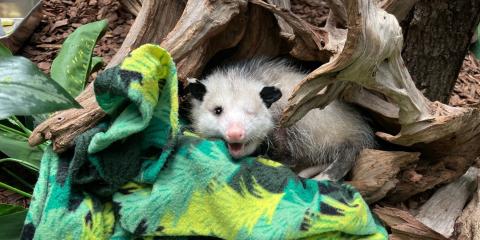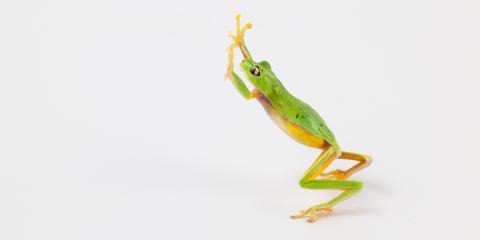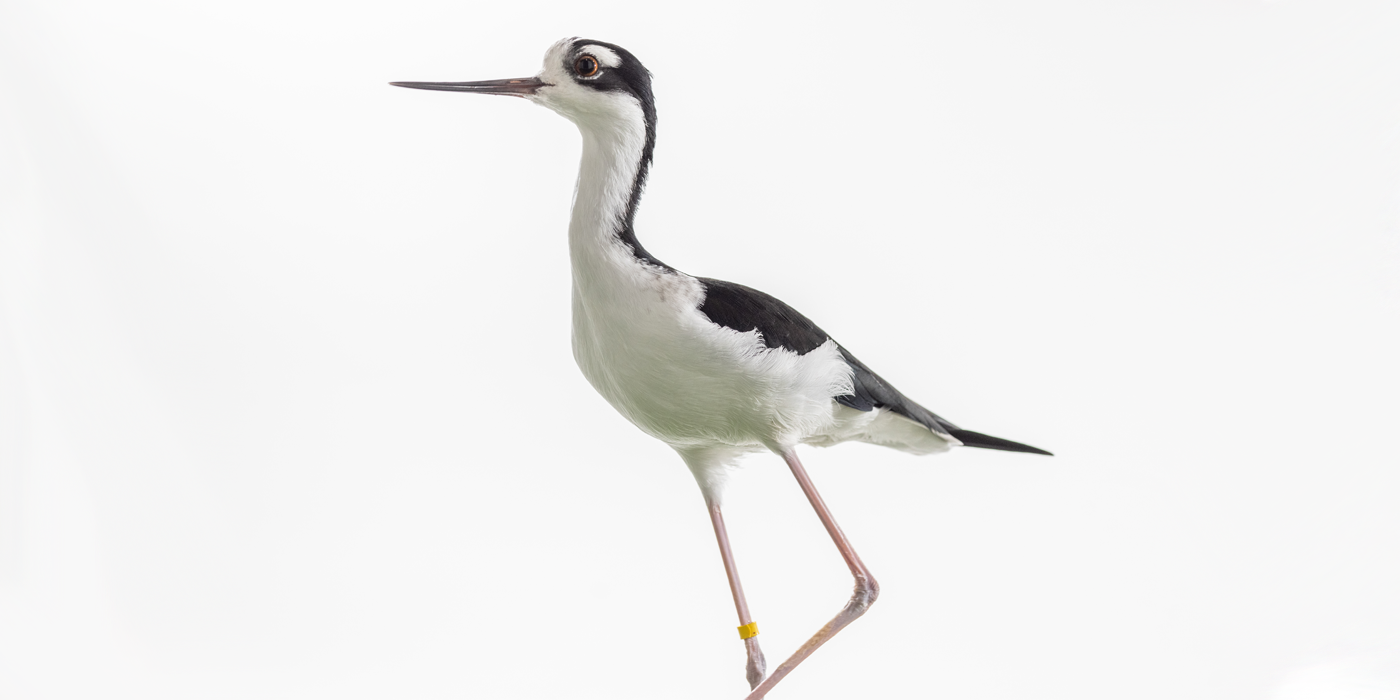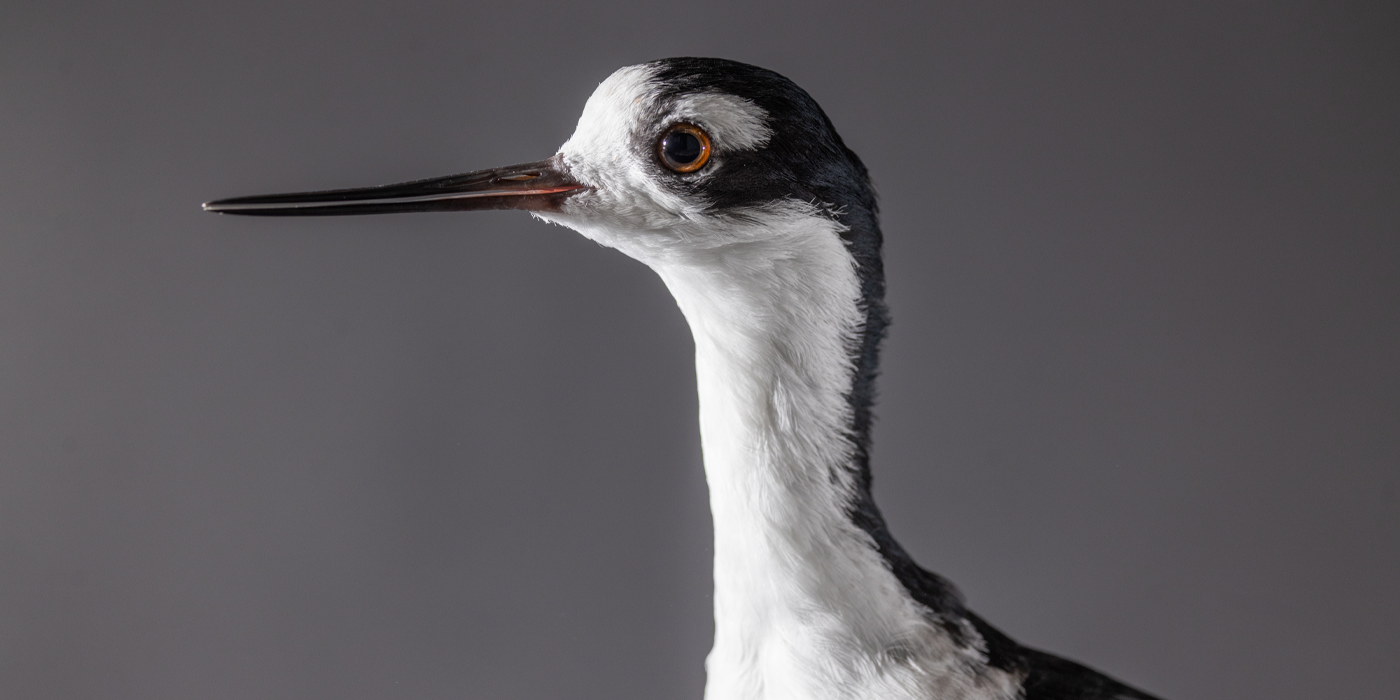Physical Description
Size
Native Habitat
Lifespan
Communication
They make various sharp, high-pitched calls when communicating with and alerting others.
To defend their nests, black-necked stilts will perform a “popcorn display,” in which a group of birds surrounds the predator and individual birds hop, jump and flop to confuse and drive it away.
Food/Eating Habits
Sleep Habits
Social Structure
Reproduction and Development
Black-necked stilts nest in loose colonies. Pairs are monogamous through the breeding season but not from year to year. However, if a pair has a nest that fails, they will sometimes try again with another mate.
Nest sites are on bare ground near the water or just above the water level, such as on small islands, algae mats, or on clumps of vegetation. Both parents help build the nest. The nests themselves are formed by making small depressions in the ground and lining them with natural materials such as grasses, mud chips, pebbles, shells and bones.
Females lay between two and five eggs. The eggs are light brown in color with brown and black blotches. Both parents take turns incubating the eggs, which hatch after about 25 days.
When the weather gets too hot, parents soak up water with their belly feathers and fetch it back to cool their nests. They can sometimes make more than a hundred trips a day.
When predators, such as foxes, coyotes, feral cats, skunks or gulls threaten nests or young, nearby stilts will emit piercing shrieks, pretend to have broken wings or dive aggressively at the threat.
Hatchlings are covered with downy feathers and are able to leave the nest shortly after hatching, though they will not be able to fly for another four to five weeks. Both parents take care of the young.
Conservation Efforts
Help this Species
- Reduce, reuse and recycle — in that order! Cut back on single-use goods, and find creative ways to reuse products at the end of their life cycle. Choose recycling over trash when possible.
- Be a smart consumer. Choose products made with sustainable ingredients, such as Smithsonian certified Bird Friendly coffees, which support farmers striving to limit their impact on wildlife and habitat.
- Organize or attend a stream, river, lake or other waterway cleanup in your area to preserve aquatic habitats for local species.
- Avoid single-use plastics, such as plastic bottles, bags and utensils. Choosing reusable options instead can help reduce plastic pollution.
- Protect local waterways by using fewer pesticides when caring for your garden or lawn. Using fertilizers sparingly, keeping storm drains free of litter and picking up after your pet can also improve watershed health.
- Save water by switching to low-energy appliances, fixing leaks and turning off faucets when they aren't in use.
Animal News

Remembering Basil, Our Virginia Opossum



